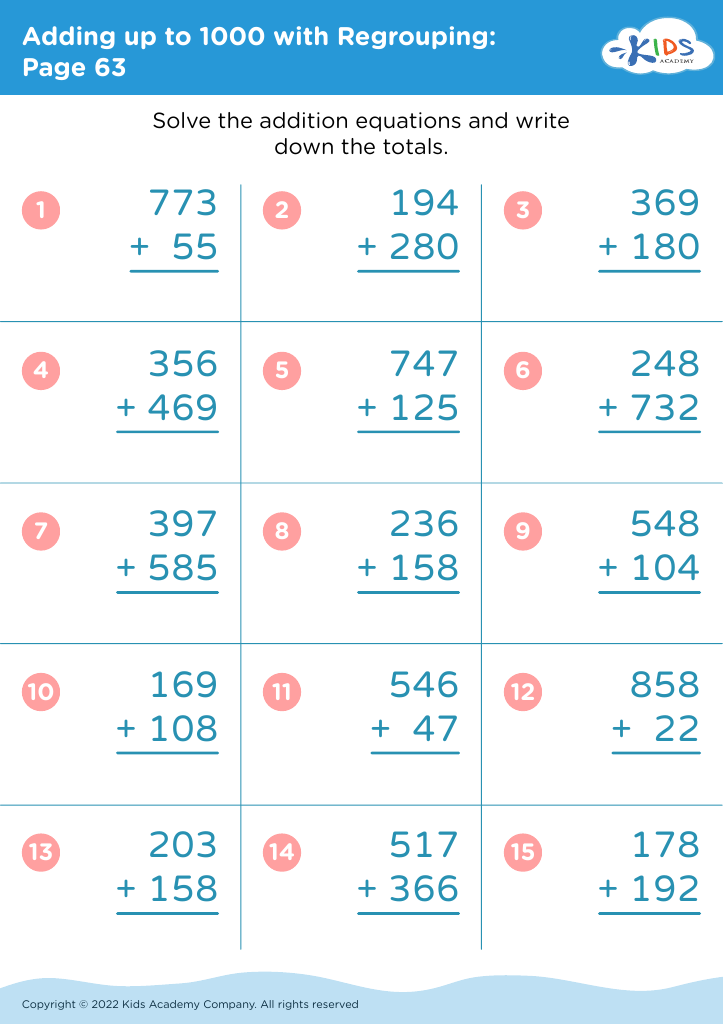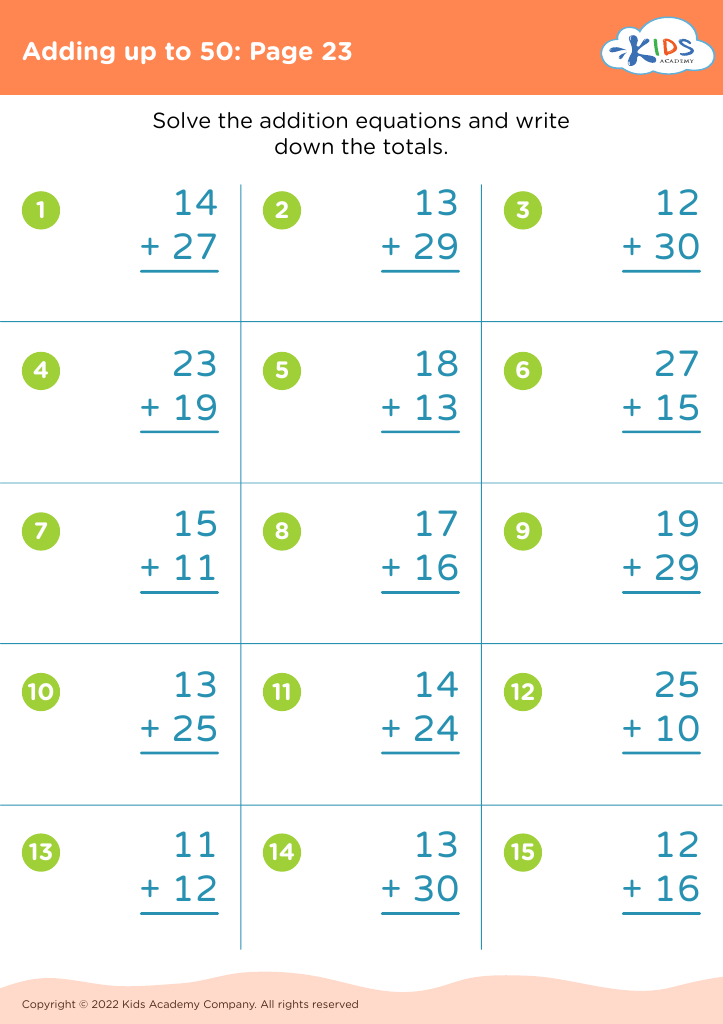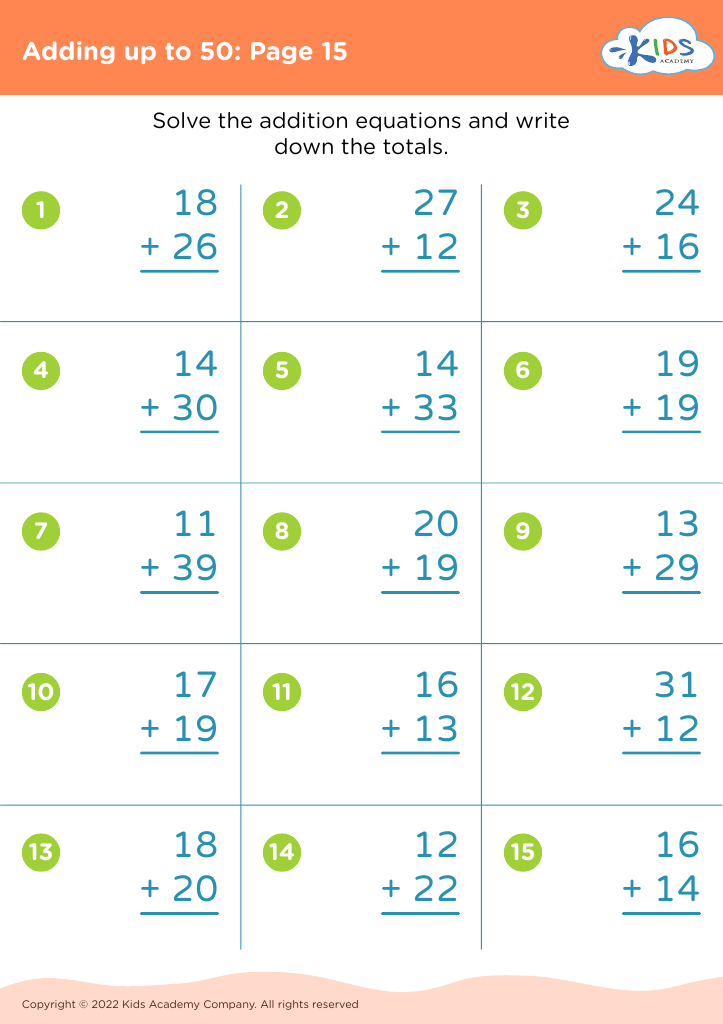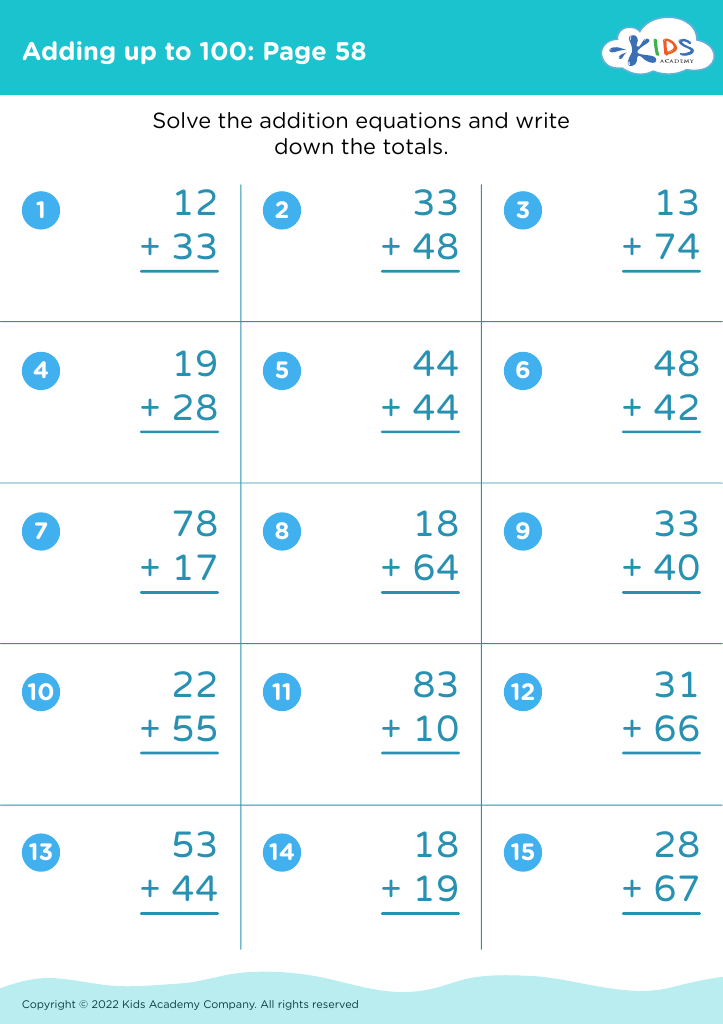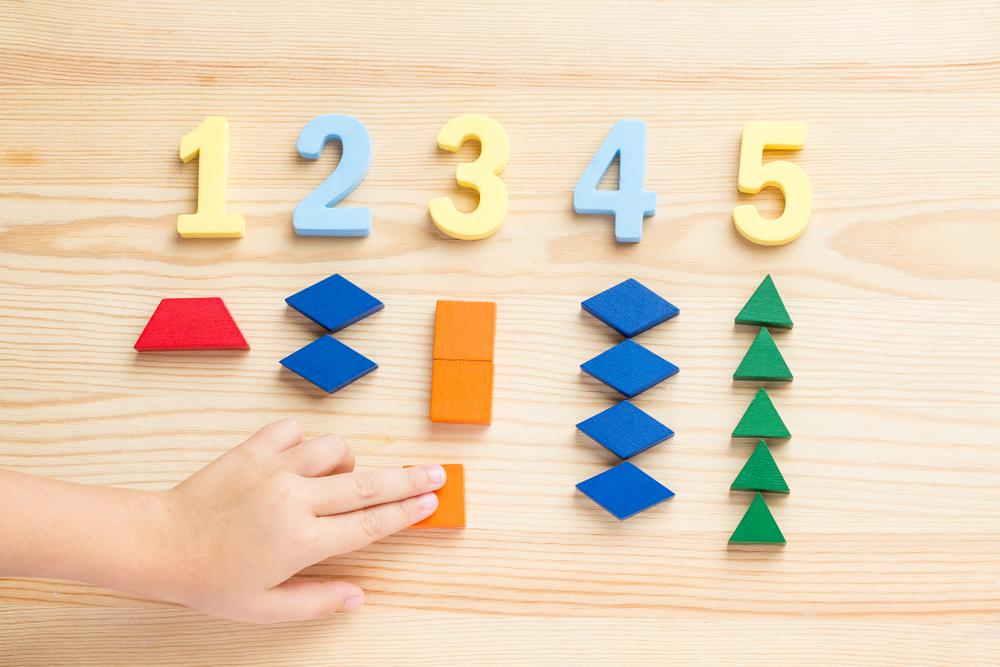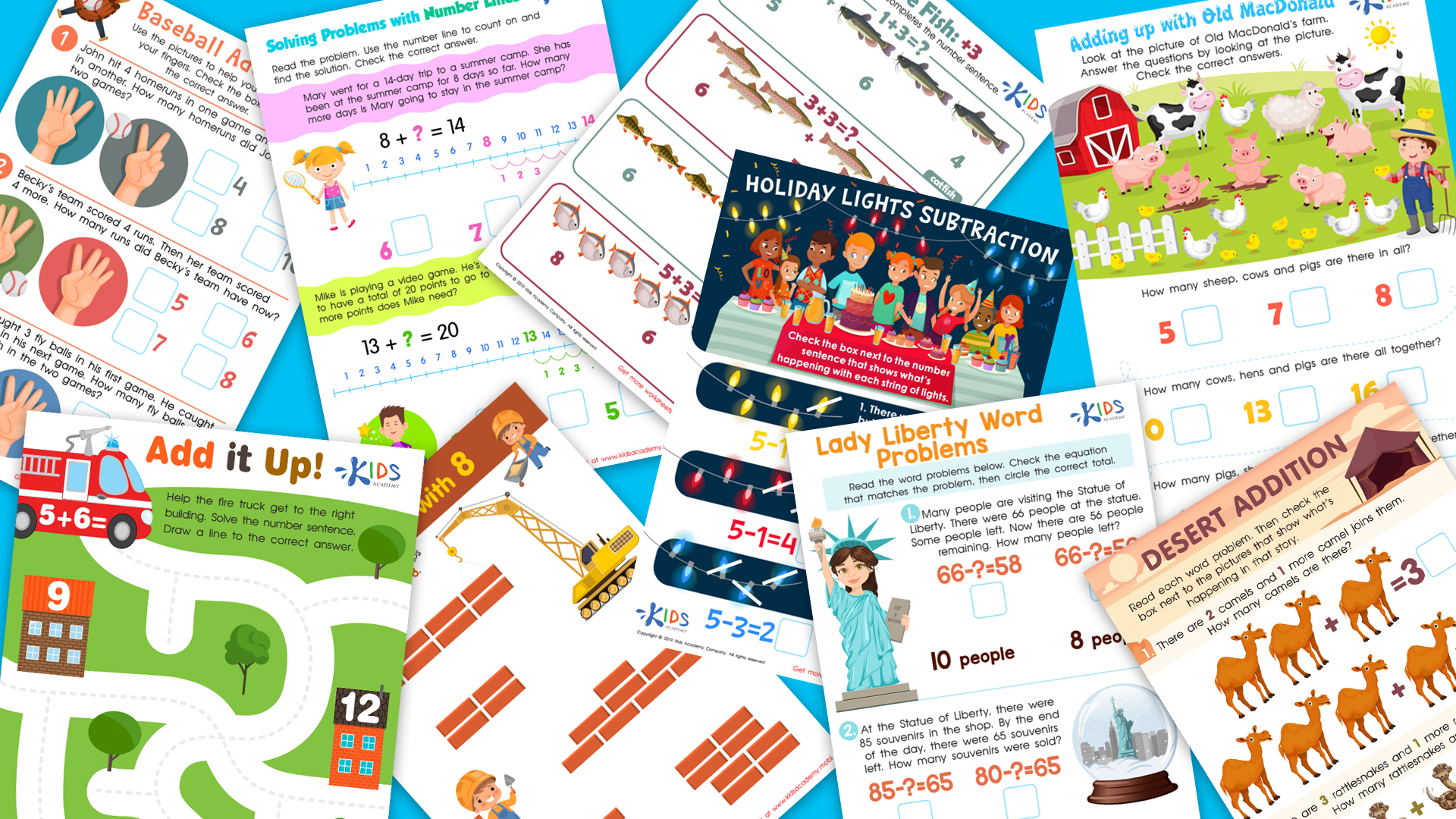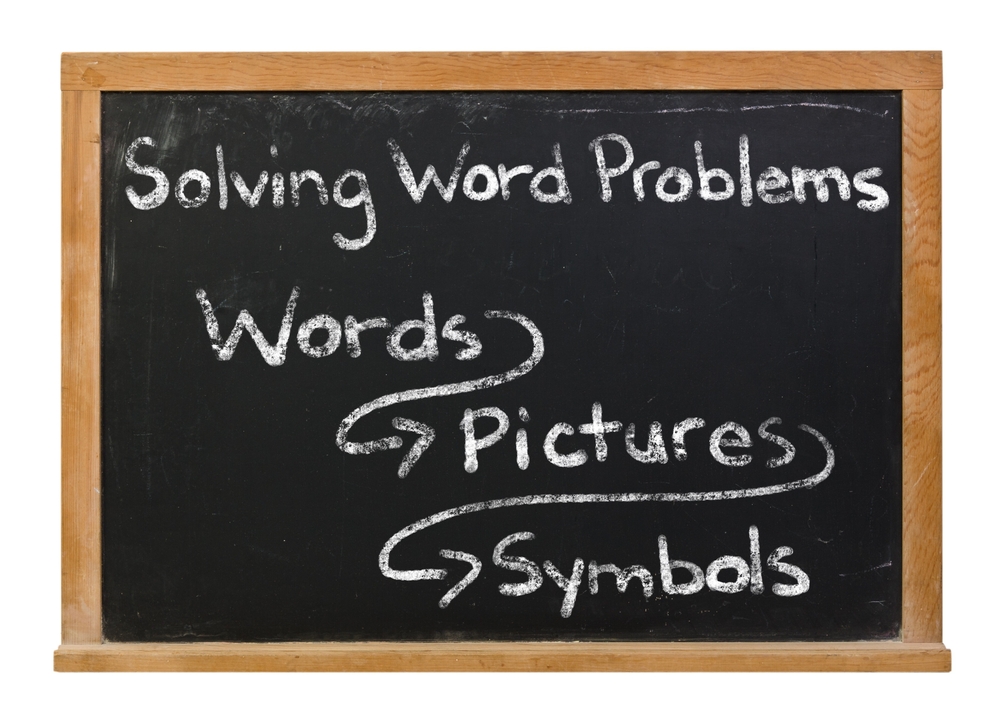Fraction identification Addition & Subtraction Worksheets for Ages 5-8
5 filtered results
-
From - To
Explore our engaging Fraction Identification Addition & Subtraction Worksheets designed specifically for children ages 5-8! These worksheets aim to assist young learners in mastering the foundational concepts of fractions through fun and interactive activities. Kids will learn to identify fractions, understand addition and subtraction with fractional values, and practice essential math skills in a playful manner. Our worksheets are tailored to promote critical thinking and problem-solving skills, providing vibrant illustrations to keep children motivated. Perfect for classroom use or home practice, these resources ensure a comprehensive learning experience that lays the groundwork for future math success. Start your child’s journey with fractions today!
Fraction identification, addition, and subtraction are fundamental concepts in early mathematics education, especially for children ages 5-8. Understanding fractions lays the groundwork for more advanced mathematical skills, promoting numeracy and overall mathematical confidence. By grasping the concept of fractions, children learn to recognize parts of a whole, a skill that enhances their critical thinking and problem-solving abilities.
For parents and teachers, focusing on fractions is crucial because it creates a tangible connection between tangible objects and abstract concepts. Through everyday examples—like slicing pizza or measuring ingredients—children can relate to and engage with fractions in real life. Furthermore, mastering addition and subtraction of fractions introduces students to essential computational skills while encouraging cooperative learning through sharing and collaboration.
Additionally, systematic exposure to fractions fosters a positive attitude towards math, preparing children for future academic challenges. A solid foundation in fractions in these early years can lead to greater proficiency in later grades, ultimately boosting overall student performance. Hence, parents and teachers should advocate for interactive, visual, and practical approaches to teach fractions, ensuring students develop essential skills that will benefit them throughout their educational journey and everyday lives.
